For many companies, suddenly finding dark spots or discolorations on your pallets and crates can be concerning, but is it really mold or just staining? For some industries, such as food & beverage and pharmaceutical, finding mold means that the wood packaging sitting in their arsenal can’t be used if there’s any mold on it at all. While mold has a minimal impact on the lifespan of the wood packaging itself, mold on pallets and crates can damage a manufacturer’s products, contaminate their product lines, and even pose some health risks.
There are a lot of things you can do to prevent, inhibit, and remediate the mold on wood packaging, but what if those discolorations aren’t actually mold?
What looks like mold at first glance, might actually be something altogether different.
Is It Really Mold?
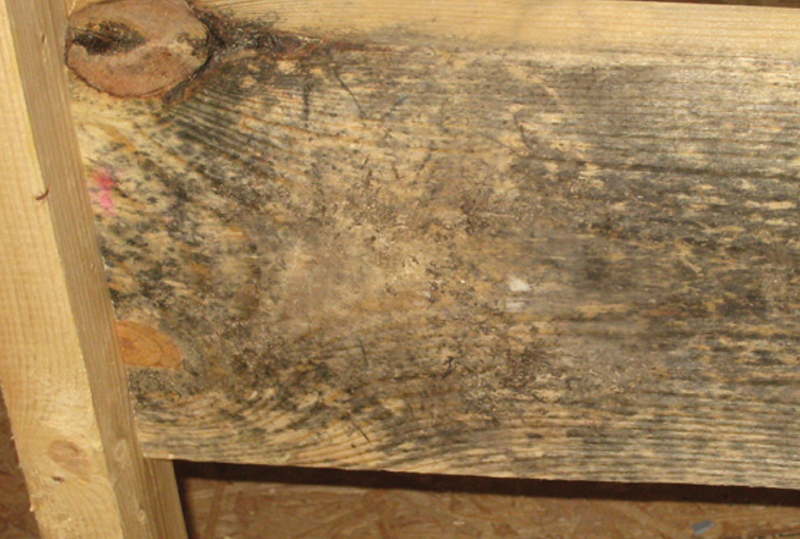 Mold is a type of fungus that produces pigmented spores and can grow on the surface of wood packaging. There are thousands of molds that grow on wood, feeding on the structural polymers, sugars, and proteins in the wood. Generally, molds produce spores that are clearly visible as black, white, green, orange, or purple spots on the wood. There are even some molds that are not visible to the naked eye.
Mold is a type of fungus that produces pigmented spores and can grow on the surface of wood packaging. There are thousands of molds that grow on wood, feeding on the structural polymers, sugars, and proteins in the wood. Generally, molds produce spores that are clearly visible as black, white, green, orange, or purple spots on the wood. There are even some molds that are not visible to the naked eye.
Mold spores can easily spread to other damp surfaces, including other wood products. Depending on the mold species, surfaces available, and environmental conditions, spores can grow and spread in a few days, but can also take months or even years to spread and grow. In addition, different wood species are affected differently by molds, due to the wood’s stored sugar content. Any untreated wood can be at risk of acquiring mold without the proper care.
Is it just staining?
Before you start ordering new wood packaging replacements, you need to understand that sometimes what initially looks like mold is just natural staining of the wood. When you see any type of discoloration on your packaging, you have to ask yourself, “Is it really mold?”
Wood discoloration can look a bit scary, but it’s non-biological and is not caused by microorganisms such as fungi or bacteria. In contrast to mold, wood discolorations or staining can be caused by sun exposure, naturally occurring enzymes, minerals, fasteners, or even generate from the wood itself.
Iron Stain
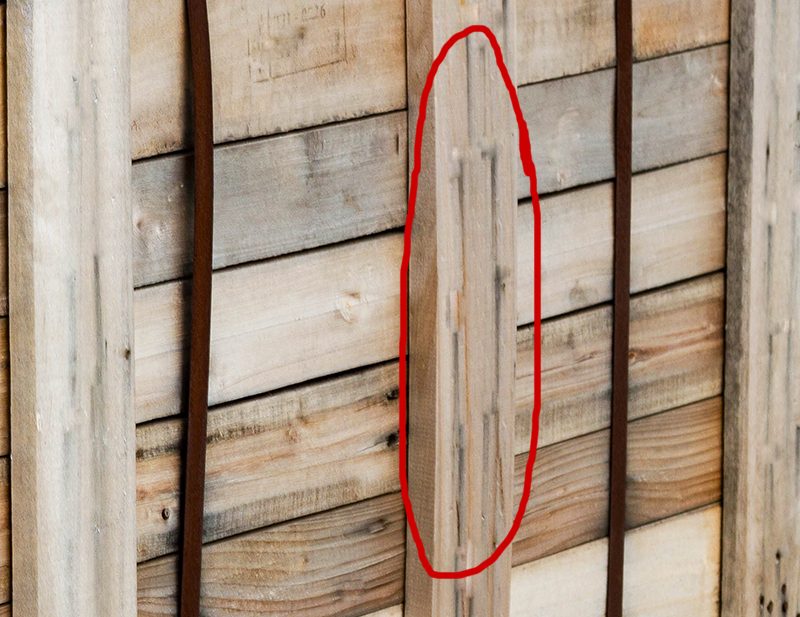 Iron stain is a very common type of black stain found on wood packaging. It’s caused by a reaction between the elemental iron, usually in the form of the fasteners, and the natural enzymes in the wood. In other words, when the metal comes into contact with the wood, like nails, staples, and other types of fasteners, it discolors the wood over time. Even saw blades can cause an iron stain when they cut wood.
Iron stain is a very common type of black stain found on wood packaging. It’s caused by a reaction between the elemental iron, usually in the form of the fasteners, and the natural enzymes in the wood. In other words, when the metal comes into contact with the wood, like nails, staples, and other types of fasteners, it discolors the wood over time. Even saw blades can cause an iron stain when they cut wood.
Because iron stains interact with water, woods with lower moisture content are less affected by this type of staining. Iron stains are purely cosmetic and do not affect wood packaging.
Discoloration Caused By Enzymes
Hardwood species, such as oak, maple, and beech, are the most commonly susceptible to discolorations caused by natural enzymes. The enzymatic discoloration is caused when the natural enzymes in the wood react and can cause parts of the wood to take on a gray or brown tone. These are cosmetic changes that don’t affect wood packaging strength.
Mineral Discolorations
Wood discolorations resulting from minerals are often seen differently, depending on the species of wood. In oak, mineral discolorations present as dark lines or streaks, you may see green or brown patches in maple and purple or black areas in yellow poplar. Mineral discolorations sometimes occur when trees are standing in mineral-rich soil. These types of discolorations don’t cause any damage to the wood or compromise its strength.
Blue Stain
Blue stain is a little bit different than the other types of discoloration that we’ve been discussing. Blue stain is caused by microscopic fungi that sometimes infect the sapwood of trees and uses it for food. As the name sounds, the blue stain fungi produce a blue and gray discoloration of the wood, often in the form of spots, streaks, or patches.
It’s also important to note that blue stain does not cause any kind of decay, has no effect on wood strength, isn’t airborne, and isn’t linked to any type of health issue.
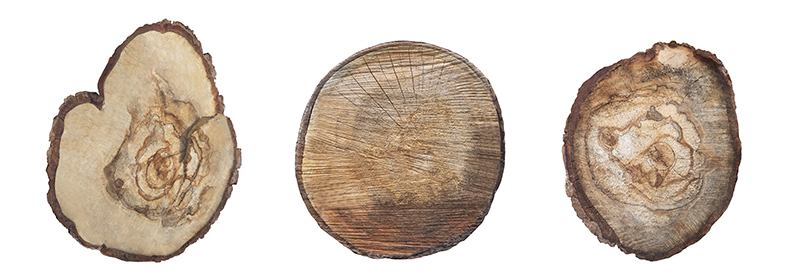
Sun Exposure
If you’ve ever seen a home’s deck after it’s spent a season in the sun, then you know exactly what sun exposure does to raw wood. Wood packaging is no different. Wood that’s exposed to the sun’s UV rays over an extended period of time will darken and even turn gray. This weathering happens because the sun causes chemical changes to the tannins in the wood, kind of like oxidation. Unfortunately, this can make your wood packaging look damaged and dirty, but the effects are only cosmetic. Sun exposure does not affect the strength of wood packaging.
How Can You Tell the Difference?
In some cases, like an iron stain, it’s pretty obvious that you’re looking at staining, rather than mold. Other times, it may be a little more difficult to tell the difference and you may need to consult a wood packaging professional. In the absence of a professional, there are some other clues you can look at to decide if the discoloration that you’re seeing is mold or staining.
- Moisture in the wood causes mold, so the presence of moisture may indicate a mold problem.
- If the structure of the wood looks damaged, in conjunction with discoloration, you may have mold.
- If the wood looks completely intact but is just slightly discolored, it might just be staining.
- If you can see the presence of spores on the surface of your wood packaging, then you’re probably looking at mold.
- If your wood packaging is grayed out and has been sitting outside, it’s likely that you simply have sun exposure.
- If you see streaks or stains emanating from the nails or fasteners in your wood packaging, it’s likely that you’re simply seeing iron stains.
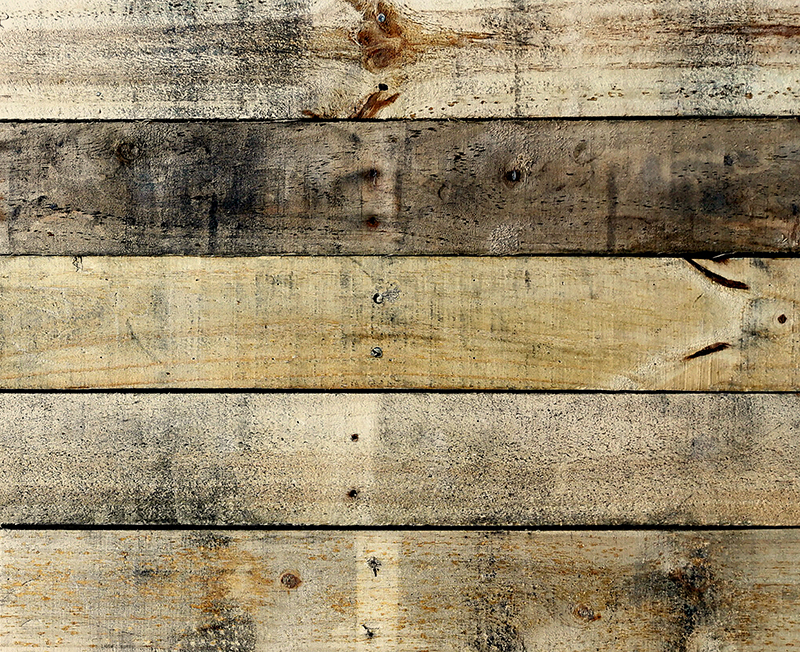
This is mold. If you look closely, you can actually see the mold spores.
Wrapping Up
At first glance, you may see discoloration on your pallets, crates, or wood packaging and believe you have a mold problem. It pays to do some further investigation to determine if it really is mold or simply common staining of the wood.
A mold determination may mean taking on a remediation protocol or even purchasing new wood packaging. Either option can be costly to your business. On the other hand, wood staining may be cosmetically unappealing, but it doesn’t cause any strength, contamination, or health problems. Hopefully, this article will help you to determine the difference between mold and staining.
*Updated 6/28/2022*

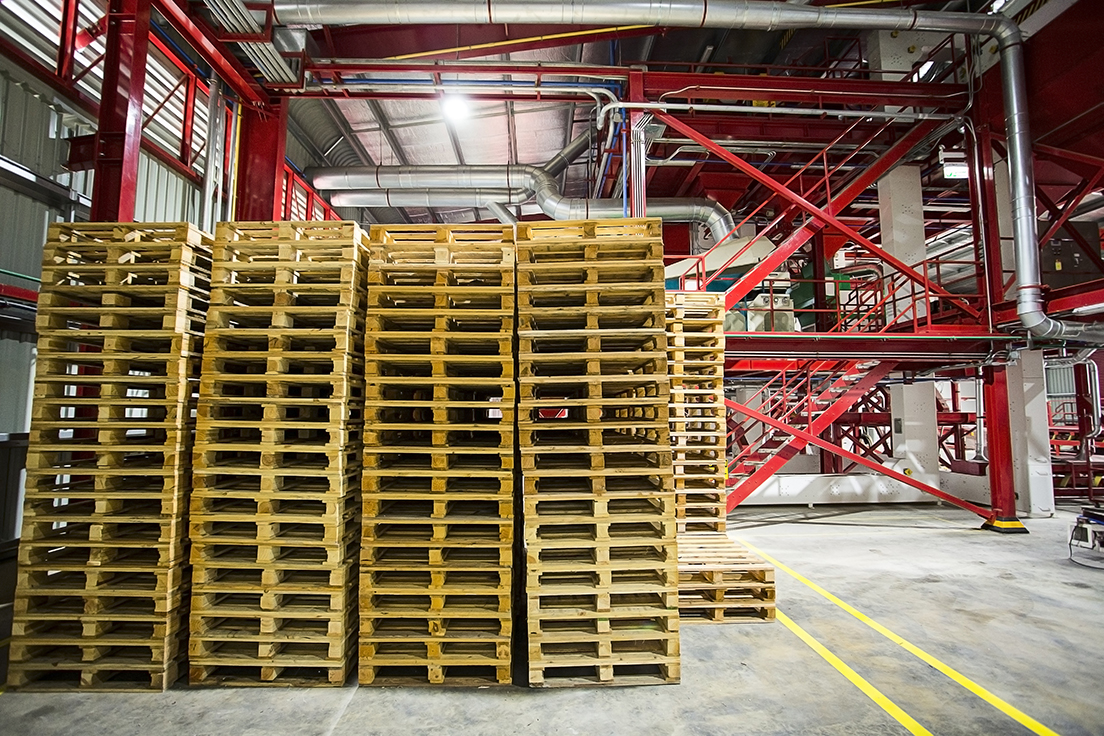
![[PRESS RELEASE] Conner Industries Announces Major Guardian Packaging Expansion](https://conner.b-cdn.net/wp-content/uploads/2024/10/Guardian-Packaging-Expansion-500x383.jpg)
![[PRESS RELEASE] Conner Industries Announces Website Dedicated to Integrated Packaging Division](https://conner.b-cdn.net/wp-content/uploads/2024/05/Conner-Packaging-Blog-500x383.jpg)


